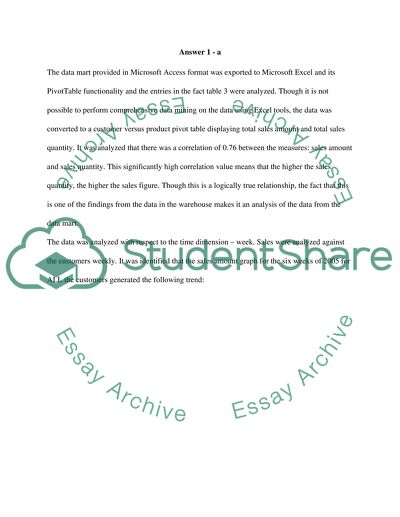Cite this document
(“Data Warehouse assignment Essay Example | Topics and Well Written Essays - 2750 words”, n.d.)
Data Warehouse assignment Essay Example | Topics and Well Written Essays - 2750 words. Retrieved from https://studentshare.org/technology/1504259-data-warehouse-assignment
Data Warehouse assignment Essay Example | Topics and Well Written Essays - 2750 words. Retrieved from https://studentshare.org/technology/1504259-data-warehouse-assignment
(Data Warehouse Assignment Essay Example | Topics and Well Written Essays - 2750 Words)
Data Warehouse Assignment Essay Example | Topics and Well Written Essays - 2750 Words. https://studentshare.org/technology/1504259-data-warehouse-assignment.
Data Warehouse Assignment Essay Example | Topics and Well Written Essays - 2750 Words. https://studentshare.org/technology/1504259-data-warehouse-assignment.
“Data Warehouse Assignment Essay Example | Topics and Well Written Essays - 2750 Words”, n.d. https://studentshare.org/technology/1504259-data-warehouse-assignment.


